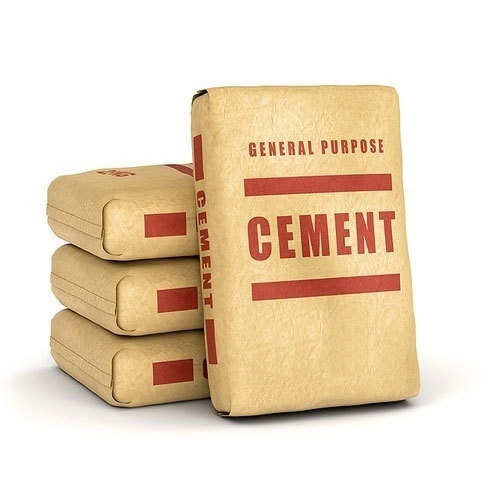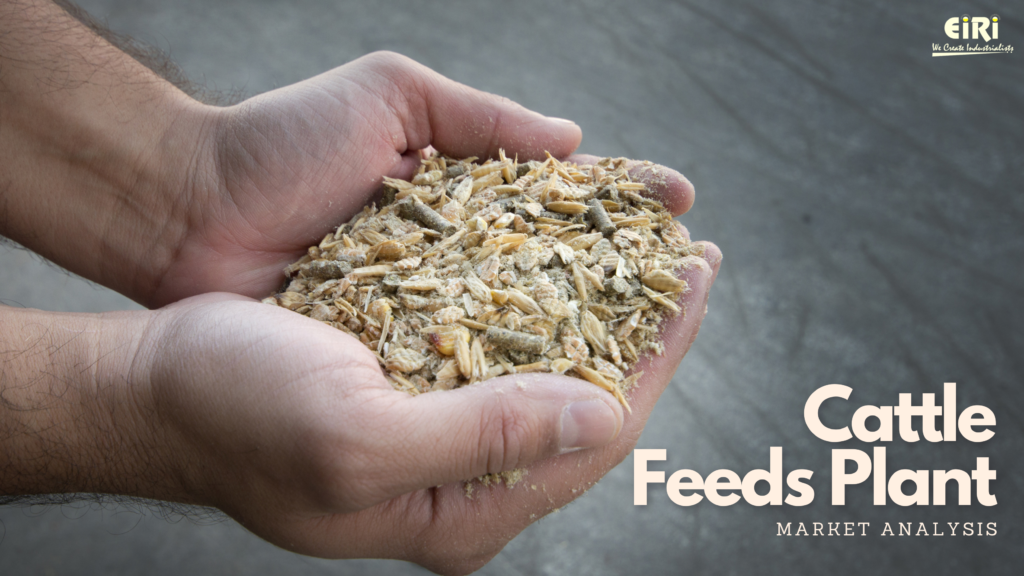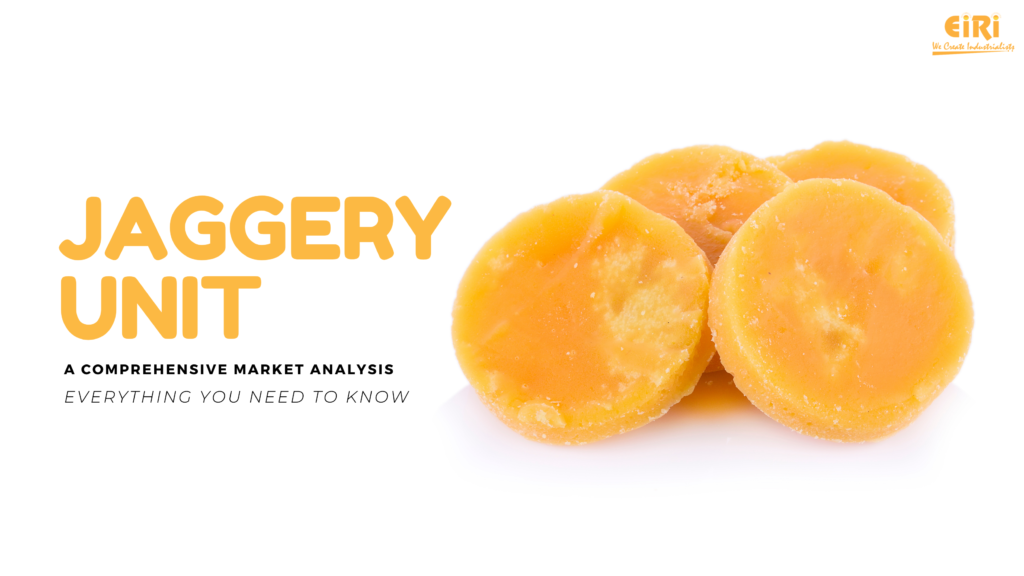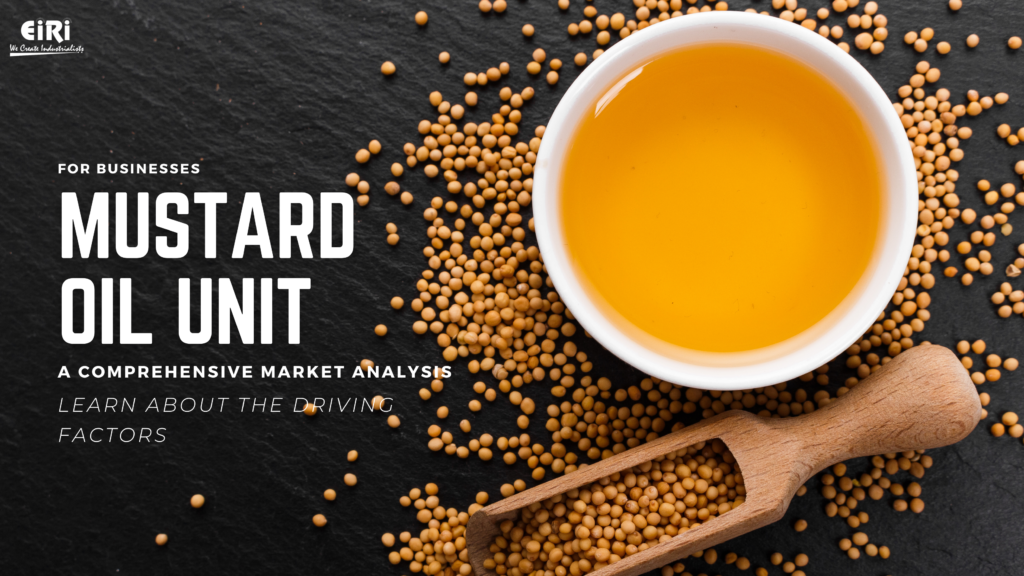CEMENT PLANT
(Cap: 600,000 TON/ANNUM)
Cement Industry to grow at 5-6 per cent CAGR between FY17 – FY20. Capacity addition of 109 million tons per annum (mtpa) between 2013-16. Total installed capacity of 420 million tons as of June 2017. Domestic consumption to outpace supply in next three fiscals. Here we mainly concentrate on Portland type of cement only since it consists of the major production.
Abbreviations used are as follows:
C3S = 3CaO, SiO2 = Tricalcium silicate.
C2S = 2CaO, SiO2 = Dicalcium silicate.
C3A = 3CaO, Al2O3 = Tricalcium aluminate.
C4AF = 4CaO, Al2O3 Fe2O3 Tetracalcium Alumino-ferrite.
The principal reaction in the formation of portland cement are those by which calcium oxide combines with the acidic components to form C3S, C2S, C3A, and C4SAF. Lime and silica react readily to form C2S, but this C2S combines only slowly with residual lime to form C3S. The reaction;
2CaO SiO2 ———-> 3CaO, SiO2
is the essential reaction in the production of portland cement. That is because C3S is the principle active, hydraulically compound of the cement. The C2S is slowly hydrulic when in the beta form, but early strength is dependent almost entirely on C3S. The Alumina combines with the lime to form 3A, and with lime and ferric oxide to form C4AF. The C3A is rapidly hydrated in water with the evolution of considerable heat, but the product has little cementing value. The C4AF has no cementing value. Magnesia remains is portland cement as MagO or periclass which is limited in the specification because it may give rise to excessive expansions. A small amount of lime also remains uncombined in the clinker as free CaO. During burning in the kiln, about 20-30% of liquid is formed, from which the constitutent compounds will crystallize if cooled slowly. But if the liquid is cooled slowly. but in the liquid is cooled rapidly a considerable amount of it will be suspend super cooled and freeze to a glassy phase which imparts a different set of properties to the clinker and the cement the C3A is this phase is less reactive, and MgO dissolved in it is non-expensive.
Hence rapid cooking of clinker is after demanded for the control of C3A and MgO activity. Recent data from the Portland Cement Association. Laboratory indicate that there is no appreciable amount of true glass is commercially cooled clinkers. These results show that the intersittial phases are essentially completely crystalline to X-rays, although in a very fine state of sub-division.
Most of the clinker compounds take up small amounts of other components of form solid solutions. Best known of these phases is the C3S solid solution called alite, which has been assigned the formula 54 CaO. 15 SiO2, Al2O3 MgO. This may be understood as eighteen molecules of C3S in which one SiO2 has been replaced by A12O3, and another by MgO. The clinker phases are best observed by examining polished sections selectively metches with special regents. Teh C3S or alite appears as clear crystalline grains, the B-C2S as rounded and twinned grains, the C3A and glass as dark industrial material and the C4AF as light industrial material. An electron micrograph of a hydrating cement. Hexagonal crystals of C3A hydrate and long needless of calcium sulfaluminate CaO Al2O3, 31H2O are shown.
Dicalcium silicate exists in several forms the inter-relationship of which is not yet completely the `form at 1425oC which in turn inverts to the B form at 670oC which in turn inverts to the B form at 670oC. The B form form may invert to the Y form at any temperature below 525oC but may be stabilized to resist that inversions. The BC2S forms twinning and having refractive indexes x 1.7717 and Y 1.735, with medium birefringence. The optic axial angle is large and the optical character is positive. The Y- C2S is brismatic is habit refractive indexes x 1.642, B1.645, Y 654 birefringeences medium optical angle 52o, and optical character negative.
Tricalcium aluminate, form is metric crystals having a refractive index of 1.710. It is disassociates, below its melting point forming CaO and liquid at 1535oC. The iron phase approaches C4AF in composite on but takes up other components in solid solution. It melts congruntly at 1415oC. The compound is axial negative with a medium optic angle, and refractive indexes of 1.96, B 2.10, and Y 2.04. Other phases that may be be present in clinker index 1.737 isometric CaO, repractive index 1.83, and glass which varies with the composition.
TYPES OF CEMENT
Five types of portland cements are recognized in usual specification. These are designated by ASTM Specification C 150-63 as follows:
Type I: For use in general concrete construction when the special properties specified for types II, III, IV, and V are note required.
Type II: For use in general concrete construction exposed to moderate sulfate action or where moderate heat of hydration is required.
Type III: For use when high early strength is required.
Type I, II and III may be specified also to contain materials underground with the clinker to provide air entrainment in the concrete such air internment imparts to the concrete as greatly increased resistance to description under the stress of freezing and thawing.
The principal chemical requirements for Portland cements of the five types are shown in Table-1, and the physical requirements in table-2. The typical oxide composition of several types of cement ar give in table-3, and the potential compound compositions in table-4,. The equation employed for the calculation of the potential compound composition are as follows:
C3S = 4.07 CaO – 7.60 SiO2 – 6.72 Al2O3 -= 1.43 Fe2O3 – 2.85 So3
C2S = 2.87 SiO2 X – 0.754 C3S
C3A = 2.65 Al2O3 – 1.67 Fe2O3
C4 AF = 3.04 Fe2O3
USES AND APPLICATION
Demand for any product is an exeunt concept and hence should not be equated to the quantity actually consumed with is essentially as ex-post phenomenon. By the cry nature of the product, demand for cement cannot be treated as a final consumer demand. Cement demands depends on the utility of products which can be manufactured by cement.
Realized in this sense, analysis of cement demand should, ideally, proceed on the basis of measuring the demand for capital goods, intermediate products or to some extent, durable consumer goods.
The concept of demand conceives a price for the product either implicity. for accommodity like cement which is presumed to be a perpetual shortage because of reasons inherent in the nature and process of economic growth in the developing nations, the administered price can not be of a market clearing type. Therefore, the quantity of cement produced, distributed consumed at this price cannot be equated to the quantity of cement actually demanded.
Because of this reason the analysis of cement demand cannot proceed within the normal frame work of demand measurement. The method of direct inquire for the prospective consumers could be an ideal approach for assessing the demand, but at macro level, the method becomes almost in applicable because of the inwardly size of the economy and the in numberably large number of buyers.
Also the direct inquiry method of demand assessment suffers for the limitations of in accuracies and imprecisiness in the buyer’s response which may come in the way of arriving at realistic projection of cement demand particularly when the objective is for medium and long term target fixation.
In the present study demand for cement is being measured for cement during each year. In other words, the demand for cement is taken to be equal to the level of production on the basis of a percent utilization of the installed capacity. The main justification for this kind of a measure of demand follows from the fact that in Indian planned targets of requirements determine the installed capacity for all the basis industries, the targets of requirements themselves being based on the development plans.
A typical variant of demand for intermediate, products like cement would be the growth of users, sectors. It can be safely assumed that all industries in their construction stages are the users of cement, since cement is a primary building material for all industrial complexes and their supporting buildings, housing colonies, town ship etc.
Urban development to a large extent depends on the availability of construction materials like steel and cement not only for the residential complexes, but also for the overhead facilities like roads, bridges tanks etc. Besides the urban sectors, the growth of rural sector may also influence the level of major and minor irrigation, residential and non-residential farm houses etc.
It is very difficult to quantity the cumulative influence of all such factors which directly or indirectly influence the level of demand for cement.
The best method to quantity the above mentioned factors is to measure to measure the magnitude of economic growth and its direction into traditional and modern sectors. Accordingly, the following variables are hypothesized to influence the demand for cement.
- Growth in the aggregate national income.
- Gross domestic product originating in the construction sector.
- Share of modern sector in the GDP i.e. shares of sectors like mining, manufacturing, electricity, gas and water supply, construction, transport and communications, trade and commerce and public administration.
Besides the above mentioned three variables it is also phyothesised that the price of cement would have an inverse relationship with the cement output demanded. However, the influence of cement price on the likely demand of cement cannot be treated in isolation. For purpose of estimating demand, the price of cement in relation to those of others (Preferably competitive product) should, ideally, be taken into account.
PROCESS OUTLINE FOR CEMENT MANUFACTURING USING DRY METHOD
The most common way to manufacture portland cement is through a dry method. The first step is to quarry the principal raw materials, mainly limestone, clay, and other materials. After quarrying the rock is crushed. This involves several stages. The first crushing reduces the rock to a maximum size of about 6 inches. The rock then goes to secondary crushers or hammer mills for reduction to about 3 inches or smaller.
The crushed rock is combined with other ingredients such as iron ore or fly ash and ground, mixed, and fed to a cement kiln.
The cement kiln heats all the ingredients to about 2,700 degrees Fahrenheit in huge cylindrical steel rotary kilns lined with special firebrick. Kilns are frequently as much as 12 feet in diameter—large enough to accommodate an automobile and longer in many instances than the height of a 40-story building. The large kilns are mounted with the axis inclined slightly from the horizontal.
The finely ground raw material or the slurry is fed into the higher end. At the lower end is a roaring blast of flame, produced by precisely controlled burning of powdered coal, oil, alternative fuels, or gas under forced draft.
As the material moves through the kiln, certain elements are driven off in the form of gases. The remaining elements unite to form a new substance called clinker. Clinker comes out of the kiln as grey balls, about the size of marbles.
Clinker is discharged red-hot from the lower end of the kiln and generally is brought down to handling temperature in various types of coolers. The heated air from the coolers is returned to the kilns, a process that saves fuel and increases burning efficiency.
After the clinker is cooled, cement plants grind it and mix it with small amounts of gypsum and limestone. Cement is so fine that 1 pound of cement contains 150 billion grains. The cement is now ready for transport to ready-mix concrete companies to be used in a variety of construction projects.
Although the dry process is the most modern and popular way to manufacture cement, some kilns in the United States use a wet process. The two processes are essentially alike except in the wet process, the raw materials are ground with water before being fed into the kiln.
EIRI, India have recently prepared the Detailed Techno Economic Feasibility Report of Cement Plant, The said project report consists the following contents:
- INTRODUCTION
- PROPERTIES OF CEMENT
- TYPES OF CEMENT
- PRINCIPAL CHEMICAL REQUIREMENTS
- FOR PORTLAND CEMENT ASTM C150-63
- PRINCIPAL PHYSICAL REQUIREMENTS
- FOR PORTLAND CEMENT (ABBREVIATED) ASTM C150-63
- TYPICAL COMPOSITIONS OF VARIOUS CEMENTS
- TYPICAL POTENTIAL COMPOUND COMPOSITION
- OF VARIOUS CEMENTS
- ORDINARY PORTLAND CEMENT
- PORTLAND BLAST FURNACE SLOP CEMENT
- USES AND APPLICATION
- MARKET SURVEY
- FALL IN INWARD REMITTANCE HAS POSED A THREAT TO THE
- CEMENT INDUSTRY AS INDIVIDUAL HOMEBUILDERS’ ABILITY
- TO SPEND ON CONSTRUCTION HAS DECLINED CORRESPONDINGLY
- NATIONAL ELECTION TO BE HELD BY THE END OF 2018 OR IN THE
- BEGINNING OF 2019 IS A CRITICAL TIME FOR CEMENT INDUSTRY
- INDUSTRY OUTLOOK
- BRAZIL BECOMES THE FOURTH-LARGEST GLOBAL CONSUMER OF CEMENT
- CEMENT CONSUMPTION TO DOUBLE IN INDIA BY 2025
- QATAR CEMENT DEMAND TO DOUBLE BY 2017
- INDONESIA CEMENT CONSUMPTION EXPECTED TO RISE BY MORE
- THAN 10% IN 2013
- PROCESS OUTLINE FOR CEMENT MANUFACTURING USING DRY METHOD
- MANUFACTURE OF CEMENT
- PROPORTIONING OF RAW MATERIALS
- RAW MATERIAL PREPARATION
- BURNING
- GRINDING
- HORIZONTAL ROTARY KILN
- FIRING & HEATING PROCESS
- DRY-PROCESS KILNS, SUSPENSION
- PREHEATERS, AND PRECALCINERS
- PROCESS FLOW CHART
- HORIZONTAL ROTARY KILN
- PROCESS DESCRIPTION OF CEMENT MANUFACTURE
- COMPUTER CONTROL
- QUALITY CONTROL
- ENVIRONMENTAL POLLUTION CONTROL
- SAFETY MEASURES
- TOTAL POWER CONSUMPTION
- SCHEDULE OF MAINTAINANCE OF PLANT MACHINERY
- STOCK LEVEL FOR STORES ITEMS
- PLANT LOCATION
- GENERAL LAYOUT
- PROVISIONS FOR FUTURE EXPANSION & DIVERSIFICATION
- STAFF & LABOUR REQUIREMENT
- OPERATION
- EMISSION AND ITS CONTROL FOR CEMENT INDUSTRIES
- SUPPLIERS OF PLANT AND MACHINERIES
- SUPPLIERS OF COMPLETE CEMENT PLANT
- TURNKEY PLANT SUPPLIERS FOR CEMENT PLANT
- SUPPLIERS OF RAW MATERIALS
- LIME STONE
- CEMENT PLANT
- DETAILS OF PLANT & MACHINERY FOR 6,00,000 TON/ANNUM
APPENDIX – A :
- COST OF PLANT ECONOMICS
- LAND & BUILDING
- PLANT AND MACHINERY
- FIXED CAPITAL INVESTMENT
- RAW MATERIAL
- SALARY AND WAGES
- UTILITIES AND OVERHEADS
- TOTAL WORKING CAPITAL
- COST OF PRODUCTION
- PROFITABILITY ANALYSIS
- BREAK EVEN POINT
- RESOURCES OF FINANCE
- INTEREST CHART
- DEPRECIATION CHART
- CASH FLOW STATEMENT
- PROJECTED BALANCE SHEET
Cap: 6,00,000 Ton/Year, Land Area 13 acres, Cost of Plant and Equipments 140 Cr., Total capital Investment Rs. 238 Cr., BEP 49%. To avail the copy of this project report, contact Sudhir Gupta at +91 9811437895 eiri@eiriindia.org. www.eiriindia.org




